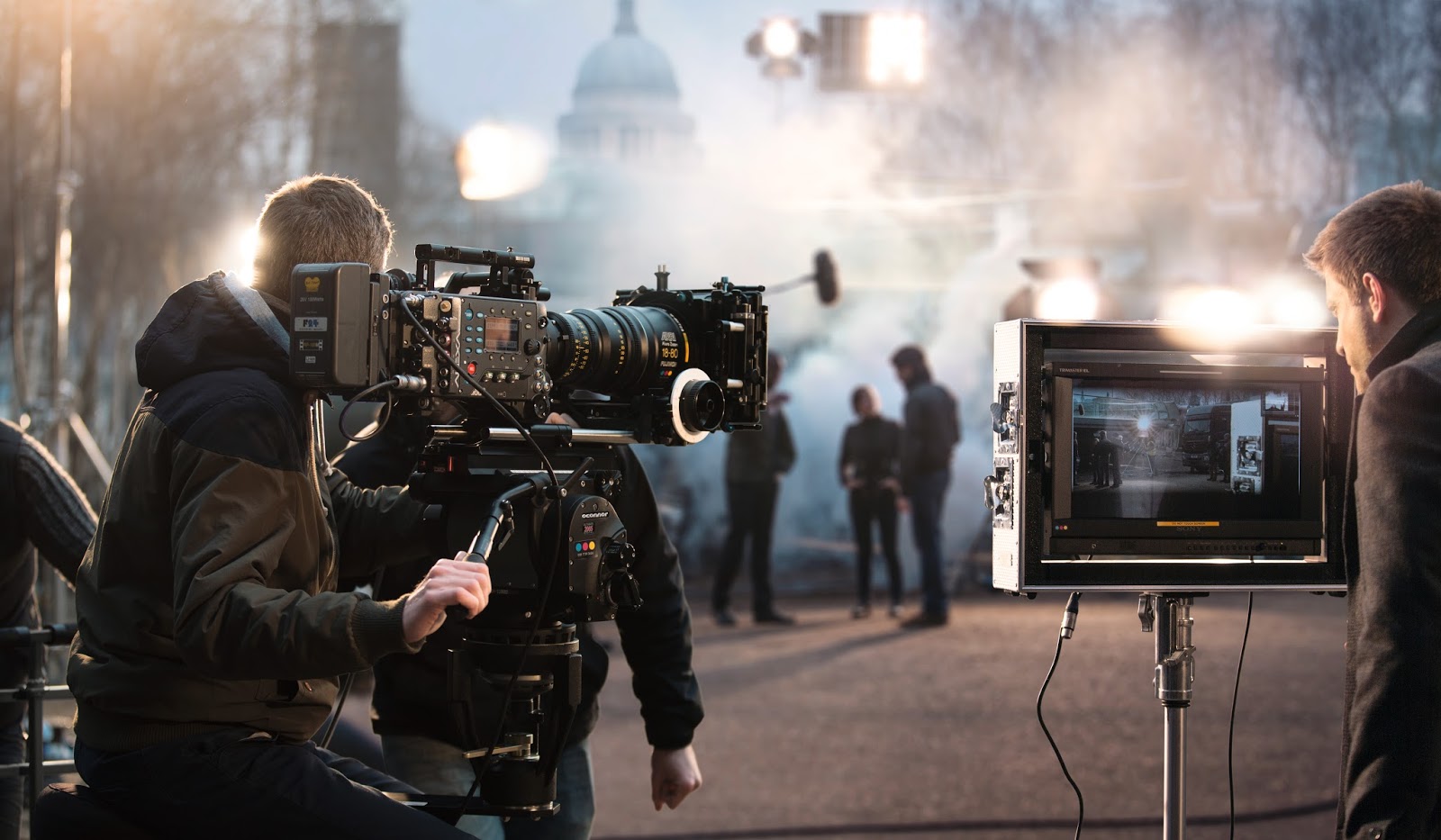he montage of a film describes the combination of individual shots into a narrative medium. There are different types of montage in which the story of the film is not only told through the connection of individual shots, but rather through the associations that are evoked in the viewer when he links individual shots together.
But what types of assembly are there, what effects do they have and how do you use them successfully? The following article clearly lists the most important types of installation.
Continuity assembly
One of the most commonly used forms of montage in film is continuity montage, also called narrative montage. Through them, the plot of the film is pieced together without having to show every detail. Events are left out, which it can be assumed that the audience can supplement them mentally through their experience.
Parallel assembly
The parallel assembly is also called cross cut or alternating cut. In these montage forms in the film, at least two plot lines are shown alternately. They are often used to create suspense, and the audience can learn about multiple characters and their lives as the plot lines converge.
Thrillers, crime thrillers and action films often use this film cut, for example by showing the endangered person and their rescuer alternately. It can also be used in a humorous way, as in the film The Fifth Element by French film director Luc Besson.
Association montage
In an association montage, a meaningful image is shown again in the next shot, but this time in a new context. A successful association montage looks imaginative and witty. It is also one of the most commonly used montage forms in film.
Several examples can be found in the film Forrest Gump: a shot of Mrs. Gump going to school with her son Forrest to enroll him is followed by a shot of the principal telling her that his son is hers different. The viewer knows that Forrest is being talked about even if he is not visible.
Collision assembly
This form of montage also goes back to Sergej Eisenstein. Collision montage is related to association montage, where images with actually incompatible meanings are juxtaposed. As a result, the audience is obliged to create a mental bridge between these two images.
An early, haunting example of montage as a collision can be found, for example, in the film Strike by Sergei Eisenstein, in which the images of the murder of strikers are juxtaposed with documentary images from a slaughterhouse.
Metaphorical montage
Metaphorical montage is one of the associative forms of montage in film. Two images are juxtaposed, resulting in a metaphor with insight for the audience. For example, when a street demonstration scene is followed by a shot of ice breaking. As can be seen from this example, there is a risk of conventionalization through stereotypical assignments of meaning.
Rhythmic Montage
The tempo of the film can be controlled via a rhythmic montage. A few cuts create calm and meaning, but possibly also boredom; short cuts increase the tempo and dynamics, but can also appear superficial. If a longer sequence of cuts is followed by a shorter one, tension is created. The conscious use of rhythmic montage ensures that the audience stays in a good mood and does not get bored. Check out here for more.
It is also one of the most commonly used forms of montage in film.
Leitmotiv montage
In this artistic film editing, a certain image or a certain scene appears again and again. This reminds the audience of a specific event. The leitmotif can be associated with a specific character, place or idea.
This leitmotif can also be a melody or a sound, as in Stevens Spielberg’s film Jaws, in which said predatory fish has a recurring sound recognition that announces its approach.
Intellectual Montage
Many of the forms of montage still used today in film go back to the films. So does intellectual montage; it serves to trigger thought processes in the audience. The juxtaposition of two shots not only results in the sum of these shots, but also in a new meaning that is only recognized through reflection.
Conclusion
In addition to the assembly forms listed above, there are many other forms and sub-forms of assembly. However, not all of them are really common forms and are therefore not listed here.
One thing is certain: If you want to have many options when editing your film, you should take a closer look at the different types of editing. Because only those who know all the forms can finally rediscover them for themselves, plan ahead and live out their own creativity in film editing to the full!


